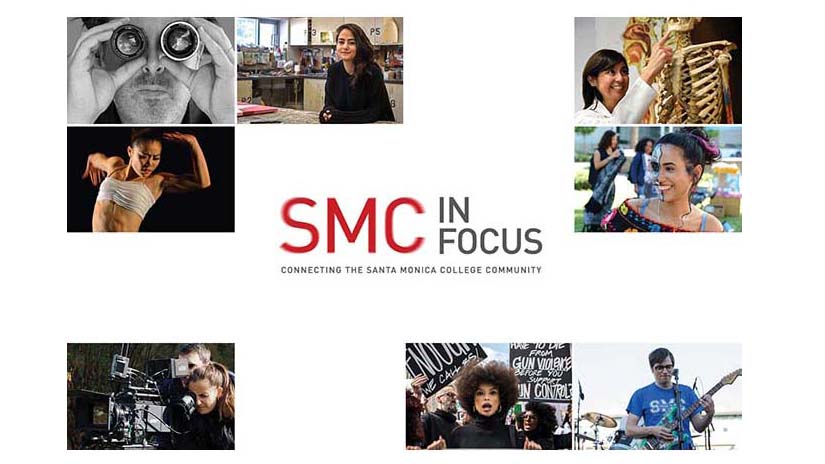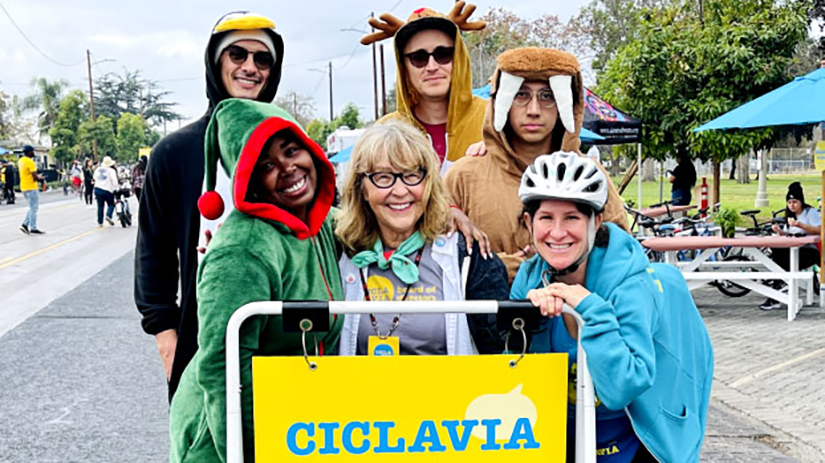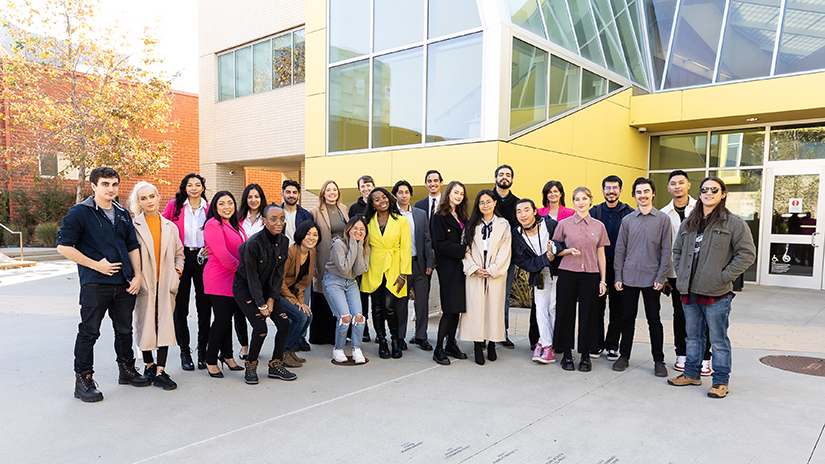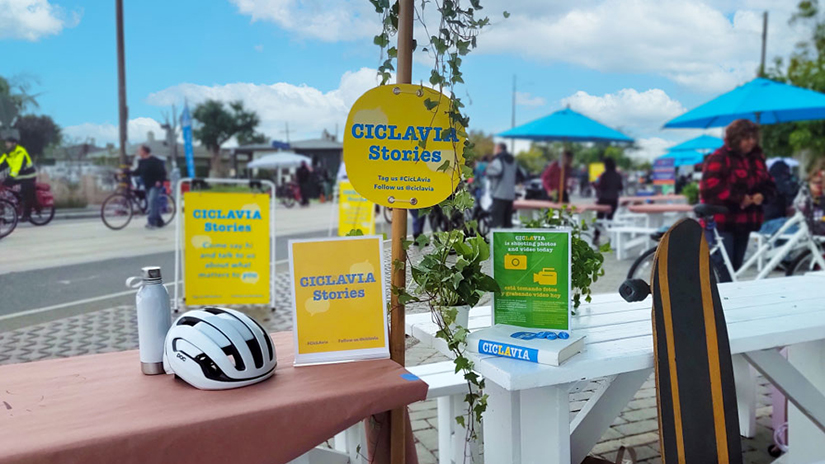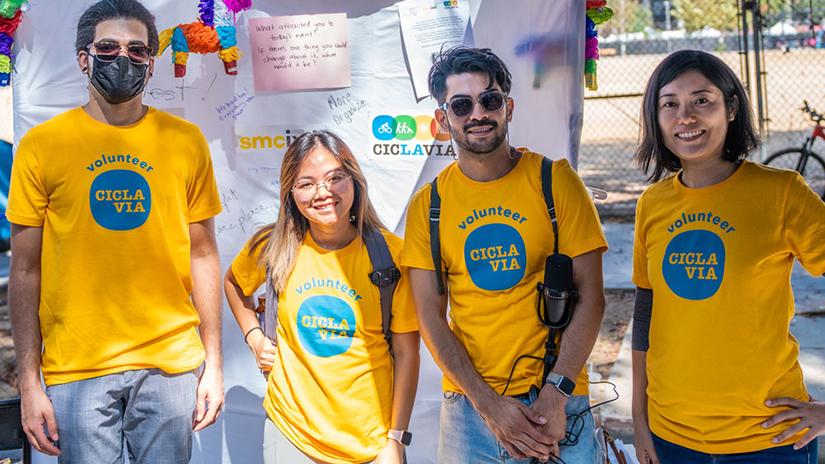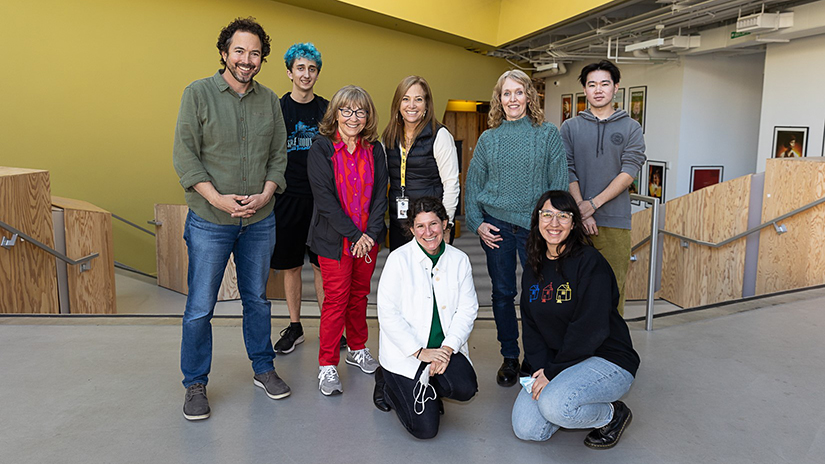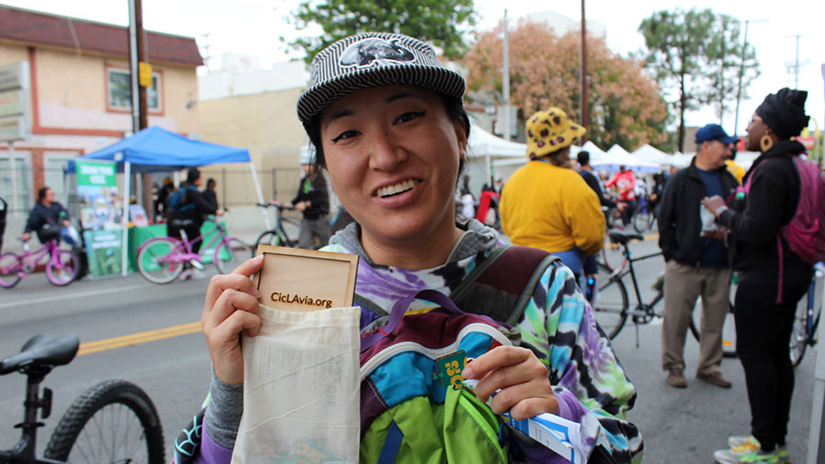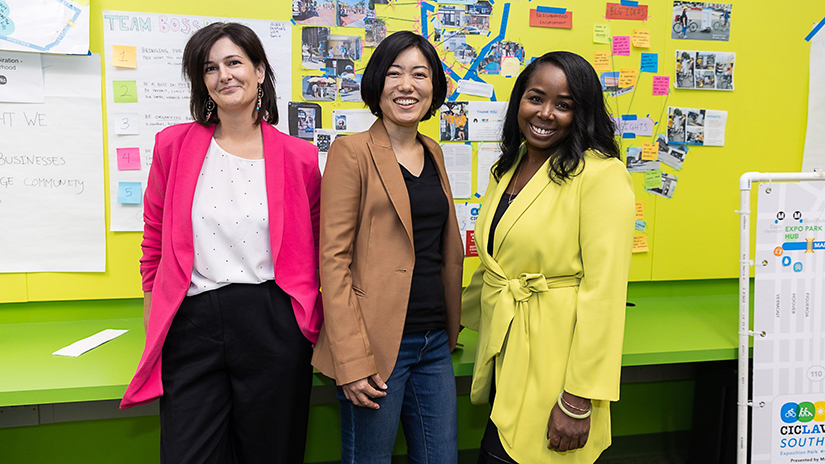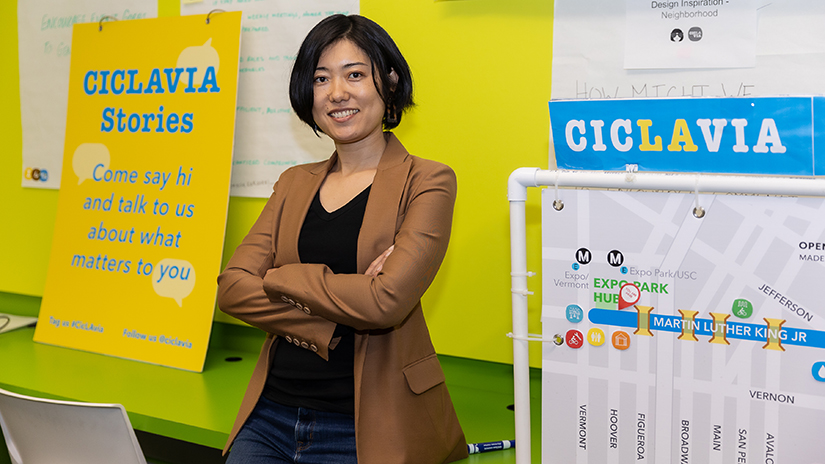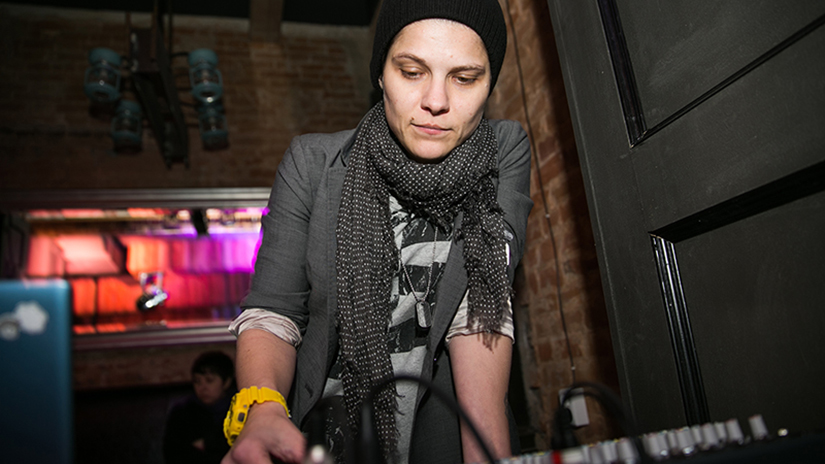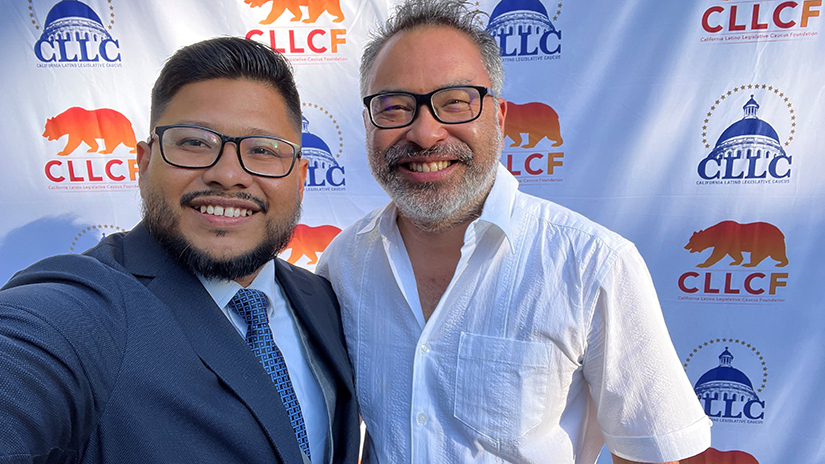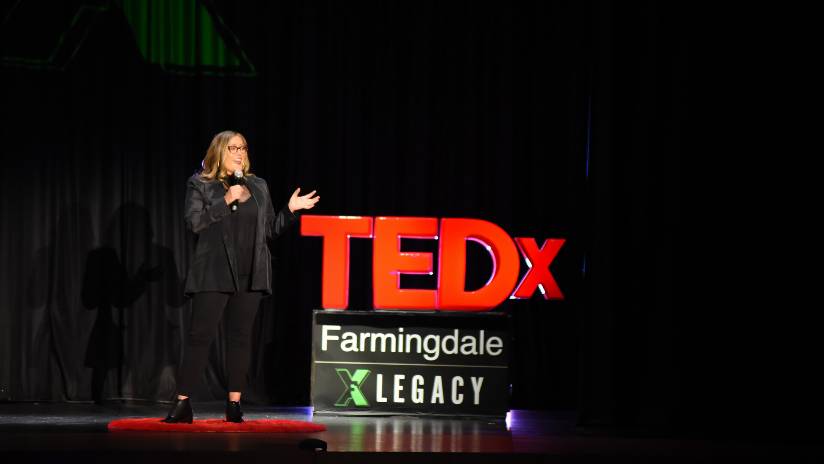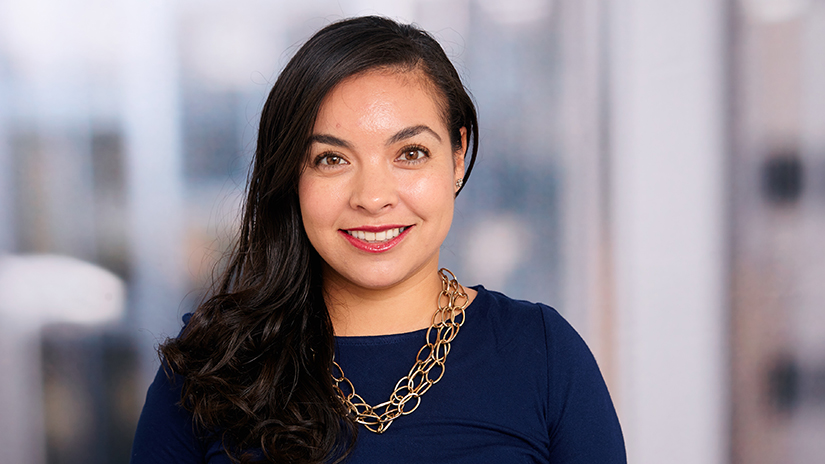
On select Sundays each year, the nonprofit CicLAvia turns streets throughout Los Angeles into car-free festivals where people cycle, dance, run, dine, shop and connect with other communities. To help enhance the public experience, CicLAvia recently turned to students in the Bachelor of Science in Interaction Design (IxD) program at Santa Monica College.
“Instead of doing imaginary projects, we put students in front of real-world stakeholders,” says IxD Professor Luke Johnson, who worked at places like Riot Games and NASA's Jet Propulsion Laboratory before joining SMC.
“The program addresses two challenges,” Luke notes. “Companies and organizations get answers to problems they might not be able to solve on their own, as well as diverse perspectives from our students. And students build a portfolio and professional experience that will make them stand out when they apply for jobs.”
Psychology of Design
The CicLAvia collaboration involved two classes as well: the IxD course Design for Community Change, which Luke teaches, and Cognitive Psychology, taught by Dr. Lea Hald. As a psychological understanding of consumer needs and emotions is crucial to designing products that people will engage with and enjoy, Lea’s course is a requirement for IxD students.
“It is a learning experience for me as well as for the students to see how our two disciplines overlap and diverge in terms of working on a design challenge like this,” says Lea, an expert in cognitive neuroscience and professor in SMC’s Psychology Department.
“Dr. Hald’s class helps us understand what users are thinking about as they experience something,” IxD student Liz Martinez says. “It enables us to account for predetermined biases that people may have about specific subjects of objects.”
“We learned early on in developing the IxD program that any opportunity to combine courses or have different classes work on the same projects would create a consistent narrative for students as they go through the program,” Luke says. “It would also help condense and focus their efforts.”
Lea notes that the program’s interdisciplinary nature “is a vital part of the student experience. It acknowledges and promotes the idea that there are different types of experts with different backgrounds that can make valuable contributions to the work. This promotes a collaborative culture of recognizing the talents, knowledge and experience that each student brings to the design challenge.”
It also helps students build confidence in their burgeoning IxD skills, she adds.
Liz already held a bachelor’s degree in graphic design from Cal State Long Beach and was working for a nonprofit when she enrolled at SMC to get more expertise in web design and then learned about the IxD program.
The IxD program arose when California passed legislation that would allow 15 community colleges to offer innovative bachelor’s programs to meet workforce needs. With its base and connections in Silicon Beach, SMC was one of the pilot colleges selected in 2015, creating an interaction design program. The intensive four-year curriculum prepares students to succeed in all aspects of the burgeoning field, which is aimed at improving the interplay between consumers and the products they use.
Cross-Category Teamwork
Because interaction design covers many areas — and companies have different needs — the students divided into six teams, with each tackling a distinct challenge faced by CicLAvia in assembling its recent South Los Angeles event. The six categories were marketing, fundraising, physical design, event design, digital app creation and neighborhood engagement. But the teams also worked across categories.
Liz was part of a team that developed a traveling physical events map to serve as a guide on wheels. “It was a large map mounted on a bike hitch, and we got to ride that up and down the route,” Liz explains. The map highlighted the various locations of CicLAvia offerings that day — including those not featured on the event’s website.
“I really liked that we were able to spend a lot of time developing an idea, researching it and testing it out,” Liz says of the 16-week project. “Then we got to see it implemented at the actual event.”
Student Jiashi Balisacan, who came to the IxD program after earning an associate’s degree in graphic design from SMC, applied her creative skills to finding partnerships as part of the fundraising team. “We started by interviewing several subject matter experts who are partners and funders of CicLAvia,” she says.
The team’s research helped them understand that effective fundraising is about far more than just asking for money. “It’s about building relationships and trust,” notes Jiashi, whose efforts included developing interactive posters to raise awareness of CicLAvia’s monthly donation program.
Other teams’ contributions included an online map with QR code links, story stations where attendees could share their personal accounts, interactive signage to increase event donations, a collectible puzzle and a promotional video involving local artists.
Beyond Technology
Luke says that the student’s work with CicLAvia and other organizations is changing perceptions about the nature of IxD. “A lot of people think this is a very tech-centered discipline,” he says. “So it’s truly wonderful that our students created a lot of human-centered solutions, because tech doesn’t solve everything.”
In addition to CicLAvia, IxD students have developed projects for Hulu, Red Bull, Bird and the American Heart Association, among other leading businesses and charitable organizations.
“It is not often that clients get a chance to dive this deeply into a problem, and the students’ interdisciplinary experience helps them come up with innovative solutions that are more than just applying design thinking,” Lea adds.
As result, she says, “at the end of every challenge, clients report that they are ‘blown away’ by what the students designed.”
“We loved engaging with students who are going to be designing the future, and using CicLAvia as a laboratory for discovery,” CicLAvia Chief Program Officer Rachel Burke told an interviewer, noting that the organization looks forward to future collaborations with SMC.
“A class is only as good as its students, and this was an incredibly optimistic, positive and dedicated group who went above and beyond,” Luke says. “You can tell by their work that they really cared.”
* * *



